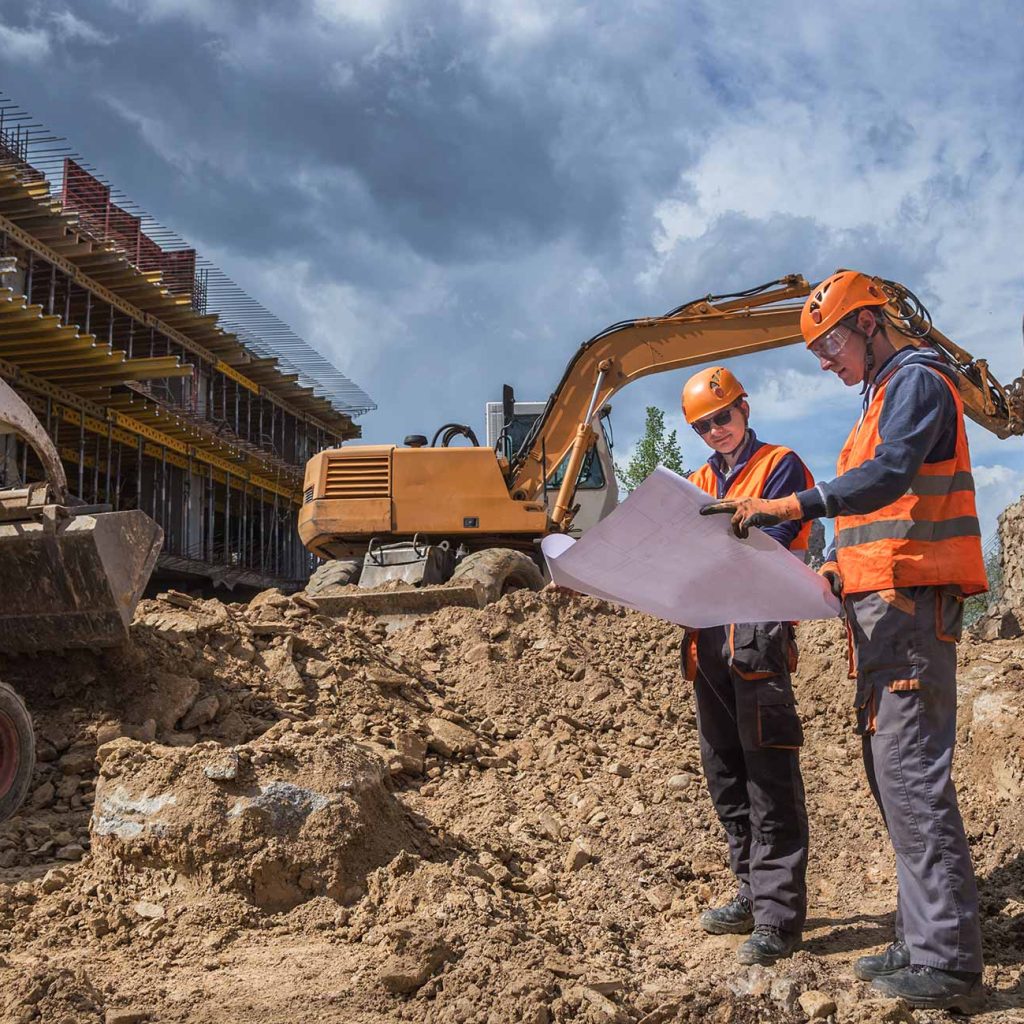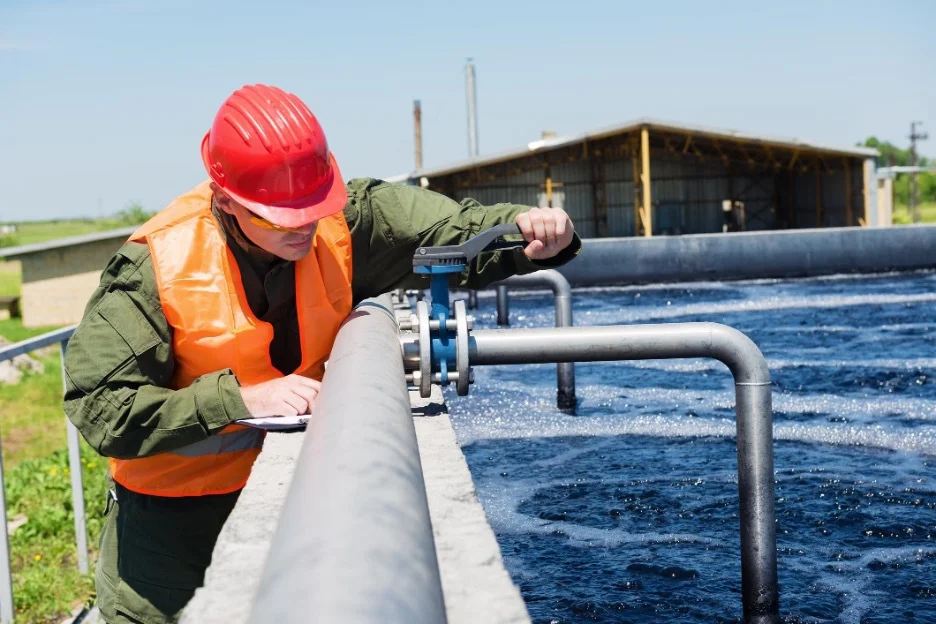### Civil Engineering: An Overview
**Civil engineering** is a professional engineering discipline that deals with the design, construction, and maintenance of the built environment, including public works such as roads, bridges, canals, dams, airports, sewerage systems, pipelines, and railways. It is one of the oldest engineering disciplines, dating back to when people first began to live in permanent settlements and started shaping their environments to better serve their needs.
#### Key Areas of Civil Engineering
1. **Structural Engineering**:

– Focuses on the design and analysis of buildings, bridges, towers, and other structures to ensure they can withstand the loads and forces they encounter.
– Ensures the safety and stability of structures by analyzing the effects of loads, stresses, and forces.
2. **Geotechnical Engineering**:

– Concerned with the behavior of earth materials and how they interact with man-made structures.
– Involves the analysis, design, and construction of foundations, retaining walls, and other structures that are in contact with the ground.
3. **Transportation Engineering**:

– Deals with the planning, design, and operation of transportation systems such as roads, highways, railways, airports, and mass transit systems.
– Focuses on ensuring safe, efficient, and reliable movement of people and goods.
4. **Water Resources Engineering**:

– Involves the management and movement of water resources.
– Includes the design and operation of dams, canals, pipelines, water treatment plants, and flood control systems.
5. **Environmental Engineering**:

– Focuses on improving and protecting the environment by addressing issues such as water and air pollution, waste management, and sustainable development.
– Designs systems for water and wastewater treatment, air quality management, and hazardous waste management.
6. **Construction Engineering**:

– Overlaps with construction management and involves planning, execution, and management of construction projects.
– Ensures that projects are completed on time, within budget, and to the required quality standards.
7. **Urban Planning and Development**:

– Involves the planning and development of urban areas to ensure they are functional, sustainable, and aesthetically pleasing.
– Includes zoning, land use planning, and infrastructure development.
#### Skills and Tools Used in Civil Engineering

– **Mathematics and Physics**: Fundamental for analyzing forces, loads, and stresses.
– **Computer-Aided Design (CAD)**: Used for creating detailed plans and blueprints.
– **Project Management**: Essential for overseeing the planning, design, and construction phases of projects.
– **Surveying**: Involves measuring and mapping land areas for construction purposes.
– **Material Science**: Understanding the properties and behaviors of different construction materials.
#### Importance of Civil Engineering
– **Infrastructure Development**: Civil engineers design and build infrastructure that is essential for modern life, such as roads, bridges, and water supply systems.
– **Public Safety**: Ensures that structures are safe and reliable, protecting the public from hazards.
– **Economic Growth**: Infrastructure projects contribute significantly to economic development and growth.
– **Environmental Protection**: Focuses on creating sustainable solutions that minimize environmental impact.
Civil engineering is crucial in shaping the world around us, from the homes we live in to the roads we travel on, and the systems that provide us with clean water and manage our waste. It plays a vital role in creating a sustainable and efficient built environment that meets the needs of society.

